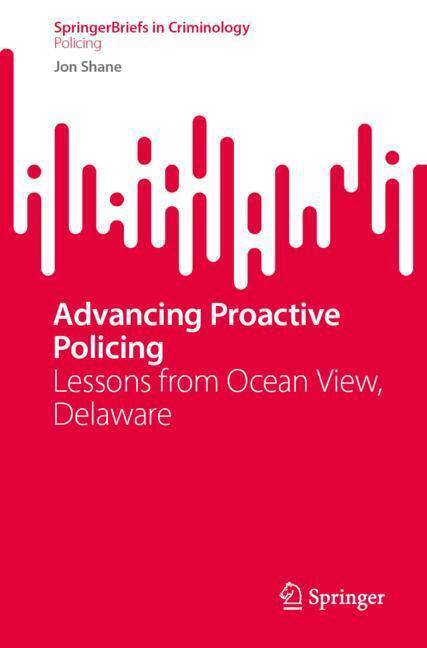
Bedankt voor het vertrouwen het afgelopen jaar! Om jou te bedanken bieden we GRATIS verzending (in België) aan op alles gedurende de hele maand januari.
- Afhalen na 1 uur in een winkel met voorraad
- In januari gratis thuislevering in België
- Ruim aanbod met 7 miljoen producten
Bedankt voor het vertrouwen het afgelopen jaar! Om jou te bedanken bieden we GRATIS verzending (in België) aan op alles gedurende de hele maand januari.
- Afhalen na 1 uur in een winkel met voorraad
- In januari gratis thuislevering in België
- Ruim aanbod met 7 miljoen producten
Zoeken
Omschrijving
This brief documents a demonstration project undertaken in Ocean View, Delaware on a novel, scalable tool for police agencies seeking to optimize their patrol operations while providing transparency and accountability in resource management. It describes and explains the broader set of circumstances, conditions, and factors that surrounded and influenced the Ocean View Police Department's goal to expand the agency toward proactive policing. This work encompasses the social, economic, political, and technical aspects that affected the design, implementation, and outcome. The central research question was: If the Ocean View Police Department increases proactive time from 67% to 75%, then how many officers do we need, and what are the projected costs? The study offers a roadmap for agencies looking to expand their proactive policing efforts, and understand the cost drivers associated with the patrol function. The book details the demands that police agencies face and the complexities of their work. The chapters that follow acknowledge the managerial and fiscal difficulties related to staffing and funding the police, while simultaneously offering suggestions for increased community collaboration. The universal model presented here can be used by all police executives, elected and appointed city officials, academics, finance and directors, analysts.
Specificaties
Betrokkenen
- Auteur(s):
- Uitgeverij:
Inhoud
- Aantal bladzijden:
- 135
- Taal:
- Engels
- Reeks:
Eigenschappen
- Productcode (EAN):
- 9783031861253
- Verschijningsdatum:
- 16/04/2025
- Uitvoering:
- Paperback
- Formaat:
- Trade paperback (VS)
- Afmetingen:
- 155 mm x 235 mm
- Gewicht:
- 222 g

Alleen bij Standaard Boekhandel
+ 167 punten op je klantenkaart van Standaard Boekhandel
Beoordelingen
We publiceren alleen reviews die voldoen aan de voorwaarden voor reviews. Bekijk onze voorwaarden voor reviews.









